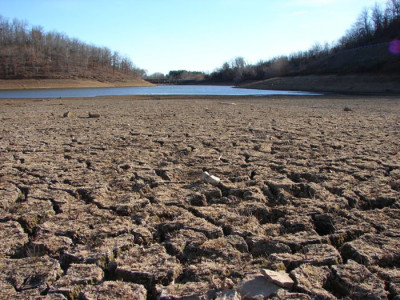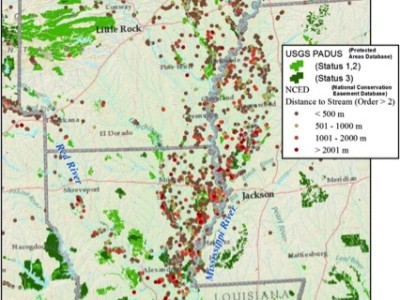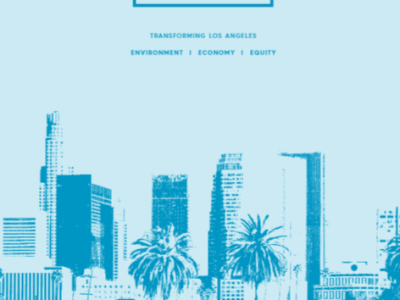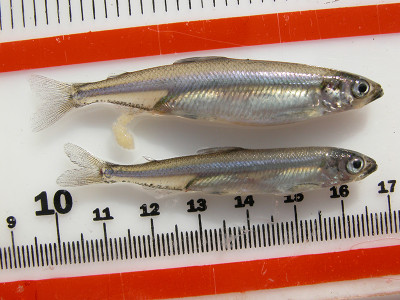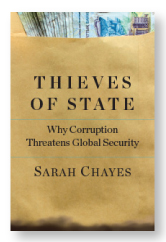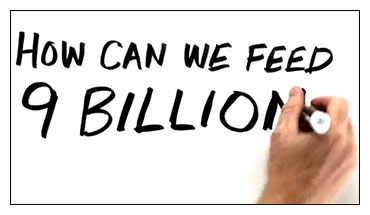Biodiversity & Species
Recreational marijuana legalization in California
Will a proposed ballot initiative on recreational marijuana legalization in California help the environment
In the wake of the enactment by the legislature of a regulatory structure for medical marijuana, it looks like voters in 2016 will probably be able to decide whether to legalize recreational use as well. Leading advocates for legalization of recreational marijuana have submitted a language for a ballot initiative to the California Secretary of …
Continue reading “Recreational marijuana legalization in California”
CONTINUE READINGCalifornia and Other Western States See Barriers to Protecting Streams
A new report highlights twelve western states’ efforts to restore stream flows using environmental water transfers
Unnaturally low flows in rivers and streams throughout the western United States have threatened fish and other aquatic species for decades. But restoring flows has proved a significant and complex challenge. A recent report prepared for the National Fish and Wildlife Foundation by Stanford University’s Water in the West Program documents twelve western states’ efforts …
Continue reading “California and Other Western States See Barriers to Protecting Streams”
CONTINUE READINGMixed results in CA medical marijuana legislation
New state law to regulate medical marijuana makes important environmental progress, still much to be done
California is moving towards marijuana legalization. This is a good and important thing for a whole host of reasons, but one important reason is the environmental impact of unregulated and illegal marijuana cultivation on the environment – something that has been discussed both in the news and here on Legal Planet. Those impacts include diversion …
Continue reading “Mixed results in CA medical marijuana legislation”
CONTINUE READINGCould a Riparian Conservation Network increase the ecological resilience of public lands?
A new article suggests river corridors could leverage existing policies to build habitat connectivity
As we try to protect biological diversity for the future, a perpetual challenge is ensuring that the strategies we adopt today will continue to work in the face of changing conditions. How can we design conservation approaches that will be resilient in the face of environmental challenges that will only become more severe in coming years? …
CONTINUE READINGYogi Berra Explains the Mono Lake Case
Or — Timing Is Everything
As part of the book I am writing on the Mono Lake case, one question stands out: how was the Mono Lake Committee able to assemble the resources to bring a lawsuit against the powerful Los Angeles Department of Water and Power? At one level, the answer is obvious: it found a Sugar Daddy, in …
Continue reading “Yogi Berra Explains the Mono Lake Case”
CONTINUE READINGThe Brazilian Deforestation Puzzle
Deforestation went down for a decade. Now it’s going up. The reasons aren’t clear.
Brazil’s rate of deforestation went down dramatically over the last ten years. It’s not completely clear why that’s happened. The trend now seems to be reversing (or at least encountering an upward blip). But it’s not clear why that’s happening either. I wish I had a clear explanation to give you. A big part of …
Continue reading “The Brazilian Deforestation Puzzle”
CONTINUE READINGLos Angeles Releases First-Ever Urban Sustainability “pLAn”
Envisioning greener energy, cleaner air, and reduced consumption in LA by 2035
Perhaps no metropolis is better positioned than Los Angeles to pioneer ground-breaking environmental initiatives. As the second-largest U.S. city, and with the country’s largest municipally owned utility, a world-class research university–UCLA, and the blessings of abundant sunshine and a temperate Mediterranean climate, Los Angeles could serve as a global model for urban sustainability. Today, the …
Continue reading “Los Angeles Releases First-Ever Urban Sustainability “pLAn””
CONTINUE READINGIt’s a Wonderful Law?
A thought experiment about the role of the ESA in California water management
[This post is co-authored by A. Dan Tarlock, Distguished Professor of Law, IIT Chicago-Kent College of Law.] Remember the movie “It’s a Wonderful Life,” which shows up on TV every year at Christmas season? In it George Bailey, played by Jimmy Stewart, gets a great gift from Clarence, an angel-in-training who intervenes as George is …
Continue reading “It’s a Wonderful Law?”
CONTINUE READINGThe Minister Did It
“Thieves of State” Implies New Focus for Environmental Protection in the Global South
You might remember correspondent Sarah Chayes from NPR in the 1990’s, filing reports from Paris. In the early 2000’s, she took up a far less glamourous posting: Kandahar, in Afghanistan, and has just completed her second book about it. The book, Thieves of State: Why Corruption Threatens Global Security, contains an important lesson for those interested …
Continue reading “The Minister Did It”
CONTINUE READINGGuess Who’s Coming For Dinner?
We need research to feed a larger population without plowing the whole planet.
Who’s coming for dinner? The answer, in case you’re wondering, is “two billion more people.” That’s the population increase predicted for 2050. How are we going to feed those people? One method is to cut down a lot of the world’s remaining forests and plow the world’s remaining grasslands. That’s a bad approach environmentally: it will …
Continue reading “Guess Who’s Coming For Dinner?”
CONTINUE READING



